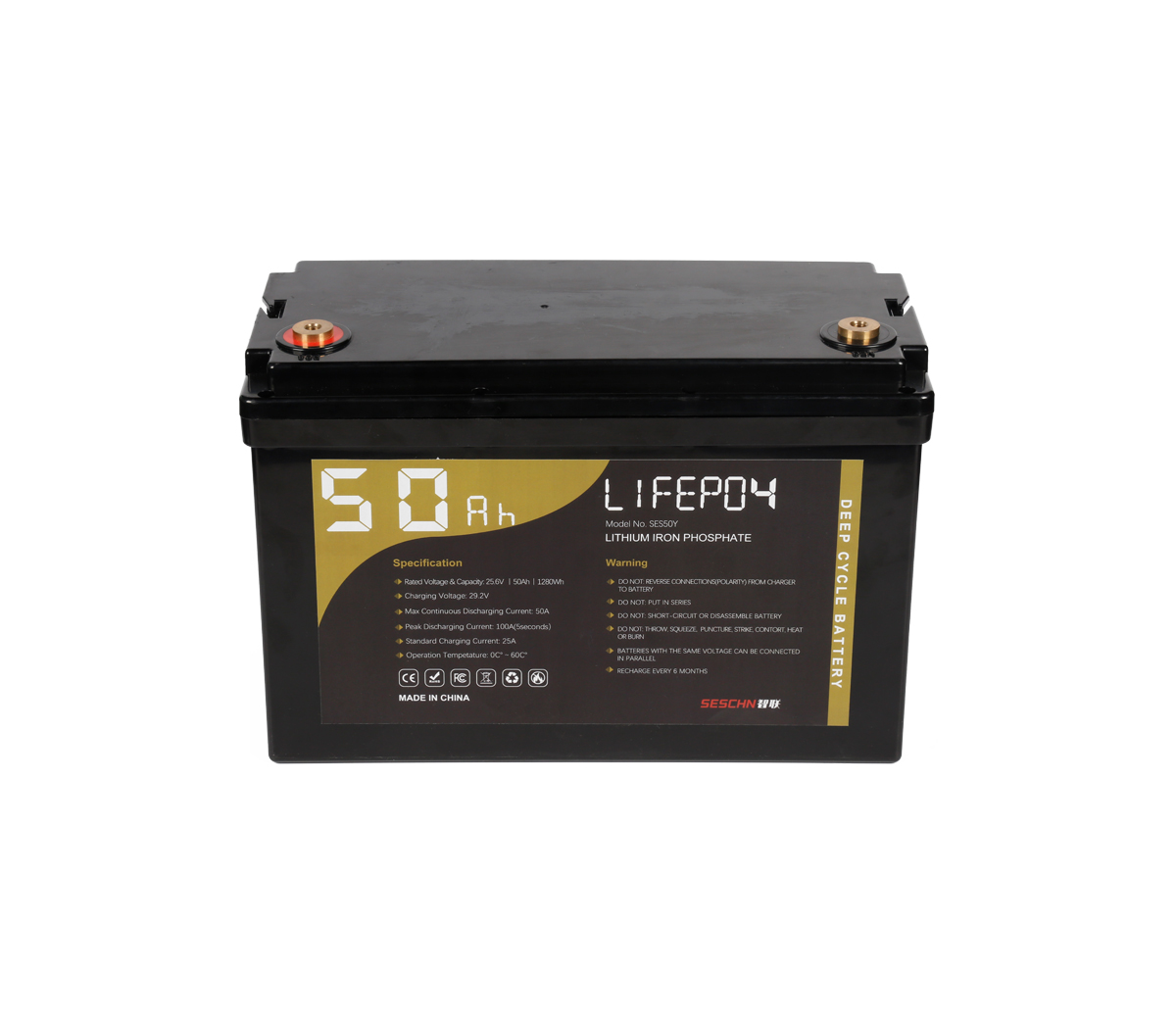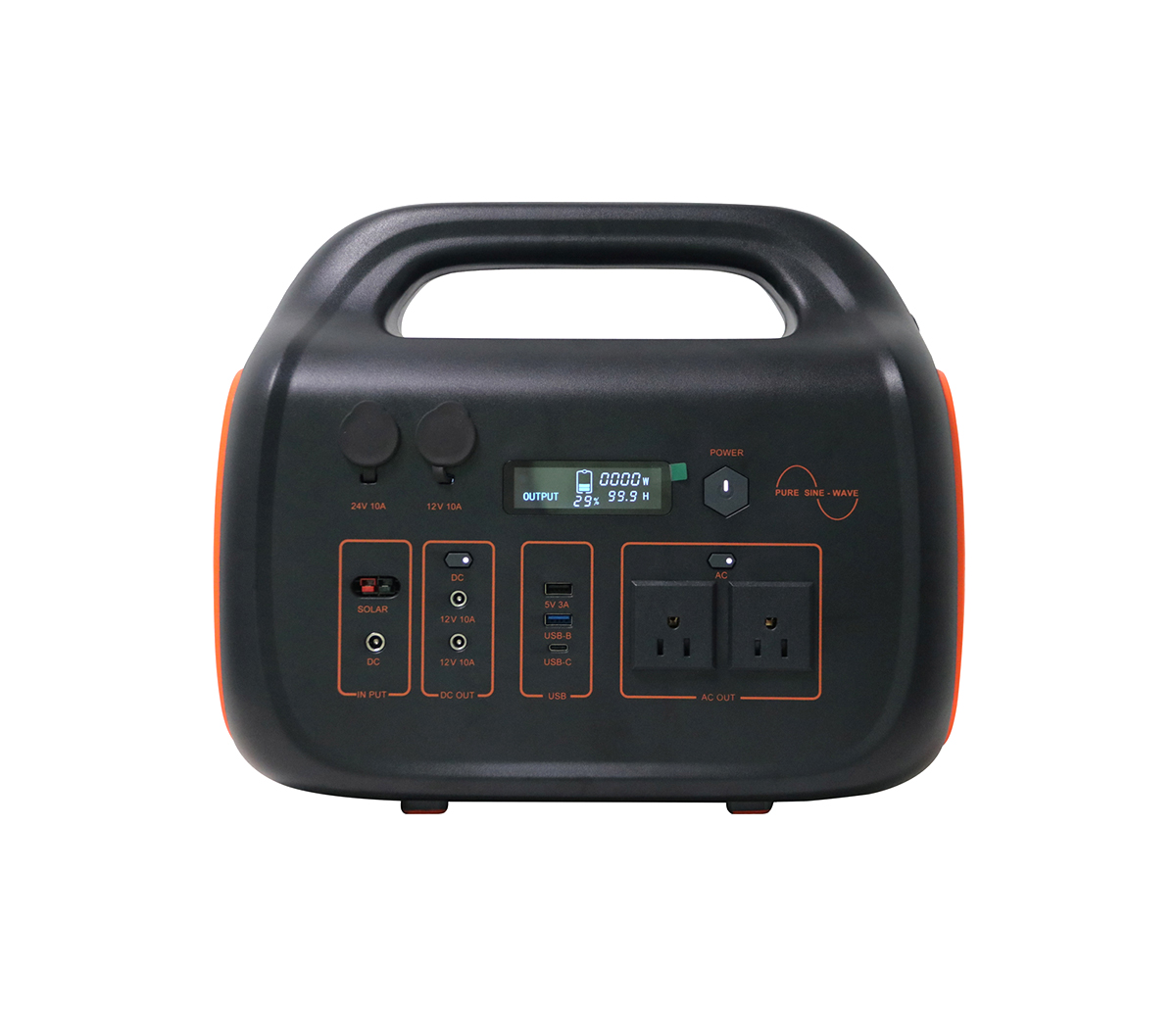Inventory of 12 new battery technologies, which is the most powerful?
OFweek lithium battery is a kind of pretend that the energy produced by
chemical reaction is directly converted into electric energy. It has the
characteristics of stable voltage, stable current, long-term stable power
supply, little influence from the outside world, simple structure, convenient
carrying, simple charging and discharging operation, stable and reliable
performance, and bringing a lot of convenience to modern social life.
1. Domestic super battery unveiled
Recently, Extreme Power Technology (Tianjin) Co., Ltd. demonstrated a super
battery with endurance and charging ability that can be called "horror", and it
only takes 3-5 minutes to fully charge once.
2, Honda commercial magnesium battery is here
It is understood that researchers who use magnesium in rechargeable
batteries have encountered the same difficulties. During the process of
charging, discharging, and discharging, the charging performance of magnesium
will rapidly degrade. Based on this, the researchers developed a new material,
vanadium oxide, It is applied to the positive electrode so that ions flow
between the vanadium oxide and the magnesium negative electrode more easily.
Vanadium oxide can increase the number of recharges of magnesium and prevent
deterioration. In order to improve safety, the researchers added an organic
substance, which can reduce the risk of fire in magnesium batteries.
3, lithium-sulfur battery
The lithium-sulfur battery that uses sulfur as the positive electrode of
the lithium battery has the characteristics of high positive electrode capacity
(theoretical value is 1675mAh/g), and it is expected to be a new generation
battery. When the solar-powered aircraft maiden flight in 2008, lithium-sulfur
batteries were used. During the day, the photovoltaic power generation panels on
the solar-powered aircraft only provided the ability to fly, and the
lithium-sulfur batteries were charged to maintain the power required for flight
at night.
4, solid-state lithium battery
The main difference between solid-state lithium batteries and ordinary
lithium-ion batteries is that it replaces traditional organic electrolytes with
solid electrolytes. The traditional lithium-ion rechargeable battery using
organic electrolyte may cause the electrolyte to heat up due to abnormalities
such as overcharging and internal short circuit, which may cause spontaneous
combustion or even explosion. Solid-state lithium batteries using solid-state
electrolytes not only greatly improve safety, but also greatly improve their
service life and energy density.
5. New type flow battery
Compared with the conventionally used rechargeable batteries, the flow
battery has a larger scale. This is because the form and function of the flow
battery are different from common lithium-ion batteries. In the flow battery
cell, the liquid electrolyte circulates in two container boxes, and the two
boxes are separated by a membrane. The ions travel through the membrane to
achieve charge transfer, and the whole process is similar to the power
generation principle of a hydrogen fuel cell. Flow battery packs are safer than
lithium-ion batteries. Even if they are left for a long period of time, there
will be no loss of electrical energy, so they are very suitable for storing
renewable energy such as solar and wind energy.
6, liquid metal battery
Liquid metal batteries convert chemical energy into electrical energy
through the oxidation-reduction reaction of liquid metal. The liquid metal is
the characteristic of the battery. Utilizing the fluidity of the liquid, the
liquid metal battery has high-rate charge and discharge performance and the
scalability of the battery system. This also enables the liquid metal battery to
meet the dual applications of energy and power. There are broad application
prospects in large-scale energy storage.
A group of researchers from the Massachusetts Institute of Technology has
developed a new type of all-liquid metal battery system, which is cheap and has
a long service life. According to the research team, this device allows
renewable energy sources such as wind and solar energy to compete with
traditional energy sources.
7, leaf green battery
In the experiment, the team found that when oak leaves are heated to 1,000
degrees Celsius, their carbon-based structure will be disintegrated, and then
the remaining material can contain electrolytes. Right now, the team is also
testing other natural materials, including peat soil and banana peels.
8. Fast charge graphene battery
It is well known that the life of a battery will gradually decrease as the
number of charge and discharge increases. Researchers at Swinburne University of
Technology in Australia are trying to solve this problem. They have developed a
new type of graphene battery. This battery not only has a super fast charging
capacity (a few seconds), but also has an unusual durability. The R&D staff
has set a lifetime for the battery. The use of graphene materials overcomes all
the shortcomings of traditional batteries. At the same time, this product is
also very environmentally friendly and inexpensive.
9. Batteries made of sugar
The Virginia Tech team developed a battery made of sugar, which has the
advantage of super battery life. Researchers separated malt saccharin from
sugar, which is the source of energy for this new battery. When maltose is in
contact with air, the battery will release electrons to generate electricity.
Because sugar is cheap and large in stock, this new battery has a lower cost.
The most important thing is that it has degradable properties.
10. Nanowire batteries that cannot be charged
This battery was discovered by the researchers at the University of
California accidentally. It makes traditional lithium batteries useless.
Researchers used gold to make nanowires and then combined them with new
materials. This combination greatly increases the number of charging and
discharging of the battery, while the battery performance will not decrease with
the increase in the number of charging.
11, self-destruct battery
The self-destruct battery is not for the mass market, but it can show its
skills in special fields, and it also overcomes the previous problem of
environmental pollution caused by disposable batteries. This battery was
developed by Iowa State University and is mainly used for military purposes. It
can be detonated with light, heat or liquid. In addition, even if it enters the
water after detonation, it will not pollute the water body.
12, edible salt water battery
This battery takes the concept of environmental protection to the extreme.
In order to justify the name of its own battery, AquionEnergy’s Witkeri actually
ate a battery (it’s certainly not very tasty). The components of this battery
are made of bio-derived materials, and they may be dust, cotton, carbon or salt
water before transforming into a battery. However, this battery is not prepared
for mobile devices. It has to do a "big business", such as a backup power source
for a home or company, and it is provided with environmentally friendly wind or
solar energy.


































